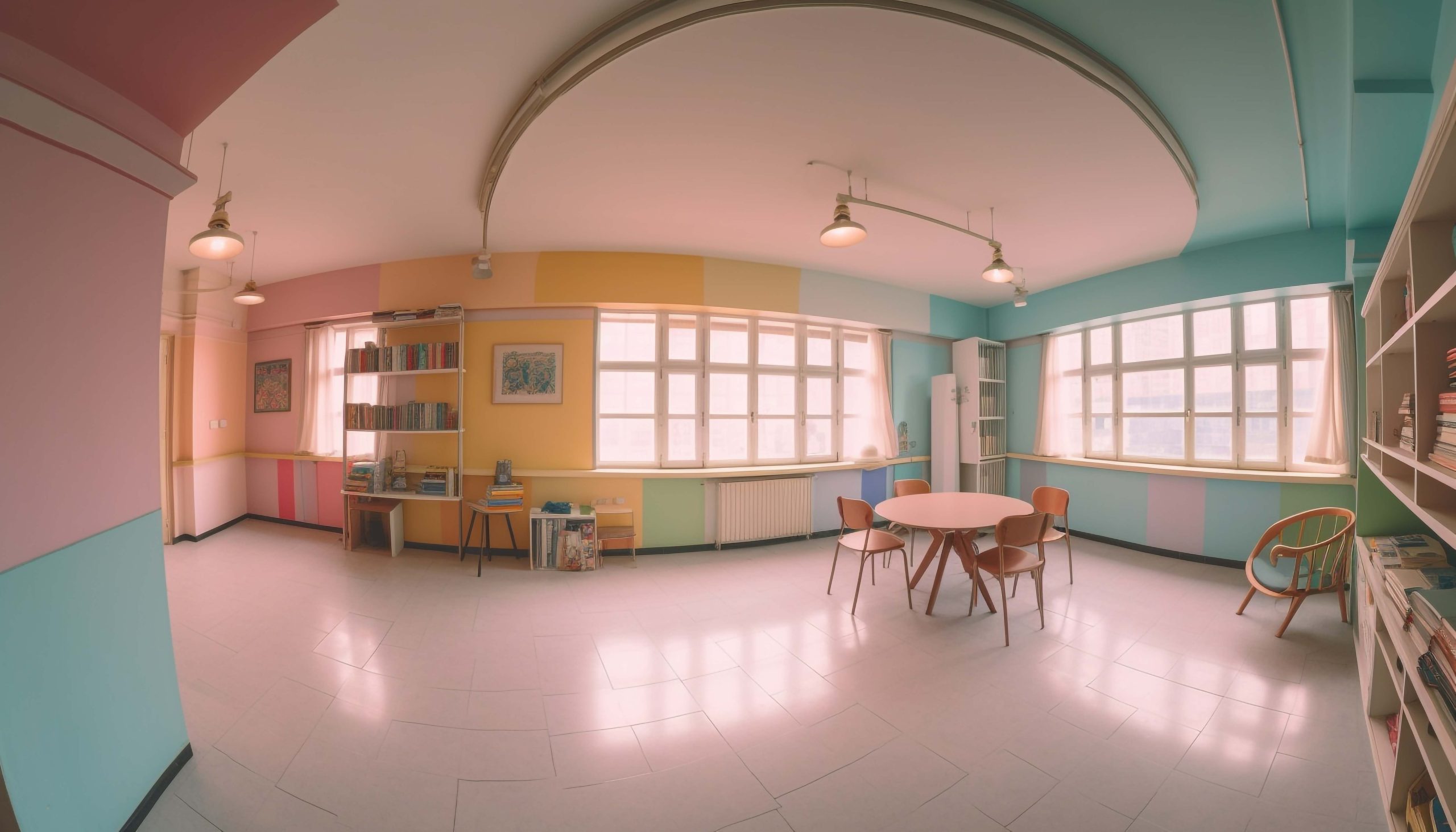
Creating an Inclusive Preschool Environment: The Importance of Diverse Classroom Structures
As an educator, your classroom serves as more than just a teaching space—it’s a dynamic environment where you shape young minds and foster growth. The effectiveness of any early preschool program hinges on the design of the classroom, which significantly impacts your preschoolers’ capacity to learn and develop.
This article explores the importance of diverse classroom structures for toddlers and offers guidance on designing a preschool setting that is both functional and engaging.
Physical Development
Early preschool education prioritizes physical development, including hand-eye coordination, balance, and fine and gross motor skills. A well-organized classroom can support these areas of growth.
Clearly delineated spaces for different activities, such as gross motor exercises and quiet reading, help preschoolers develop spatial awareness and coordination.
Cognitive Development
Cognitive development is another vital aspect of early preschool education, encompassing language skills, memory, focus, problem-solving, and critical thinking. A diverse classroom structure can nurture growth in these areas.
Utilizing items with varied colors and textures can enhance memory, while labeling classroom settings promotes language development. Providing opportunities for exploration and experimentation fosters problem-solving and critical thinking skills.
Social Development
Social development is crucial in early preschool education, involving skills like cooperation, empathy, and communication. A well-structured classroom can support these aspects of development.
Designating spaces for group activities encourages collaboration and communication, while providing opportunities for quiet reflection fosters empathy. Collaborative projects promote respect for others.
Emotional Development
Emotional development is perhaps the most critical component of early preschool education, encompassing emotional control, self-awareness, self-esteem, and resilience. A diverse classroom structure can facilitate growth in these areas.
Creating spaces for relaxation, such as reading nooks or sensory corners, supports emotional management. Offering choices promotes self-awareness and self-esteem, while providing support and encouragement builds resilience.
Creating a Diverse Classroom Structure: Tips
To support toddlers’ development, consider implementing the following ideas and strategies:
- Allocate specific areas for different activities, such as literacy, gross motor skills, and sensory play.
- Use colors and textures to help preschoolers differentiate between objects and activities.
- Label various classroom settings to aid in language development.
- Provide resources like science tables or discovery boxes to encourage exploration.
- Offer a variety of tools for different tasks, such as writing and drawing materials.
- Facilitate collaborative tasks and activities, such as building with blocks or creating art together.
- Create peaceful areas for relaxation and recharging, such as reading nooks or sensory zones.
- Allow toddlers to make choices about activities or materials to promote decision-making.
- Offer encouragement and positive reinforcement to support self-esteem and confidence.
- Regularly assess the classroom setup based on the needs and interests of your preschoolers.
Ultimately, the success of every early preschool education program hinges on the design of the preschool classroom. By creating a diverse and inclusive environment that caters to the individual needs and interests of each preschooler, educators can foster learning and development in an encouraging and enjoyable setting.
As educators, it is our responsibility to provide an atmosphere that values diversity and supports the growth of every preschooler. By prioritizing early preschool education and creating inviting learning environments, we can contribute to the development of a more equitable society.
Let’s continue to innovate and explore new ideas for early preschool education, ensuring that every preschooler has the opportunity to thrive and succeed.


